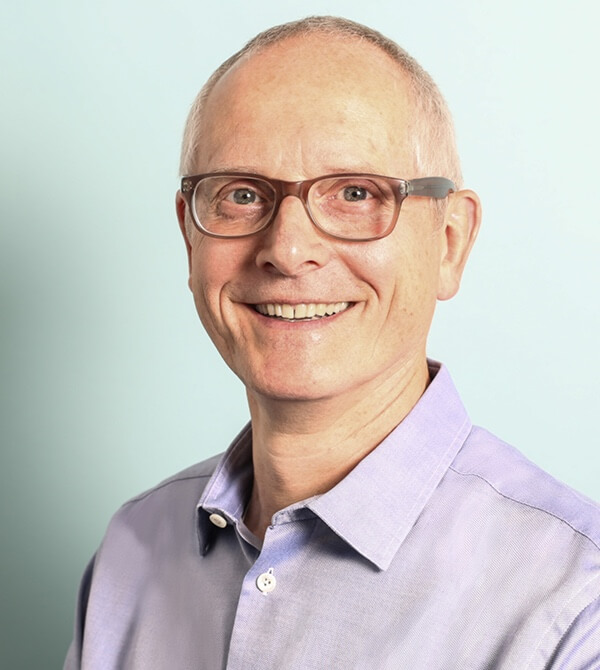>> George Thieme Publishing
Introduce a project portfolio management process for detailed assessment of all projects.
Create increased transparency of the entire project landscape.
>> George Thieme Publishing
Create increased transparency of the entire project landscape.
>> George Thieme Publishing
Thieme is the market-leading provider of books, journals, electronic media, services and support for medicine and health as well as the related natural sciences. With its approximately 900 employees, Thieme develops products and services for all target groups in the healthcare sector that are helpful in everyday professional and private life. Thieme thus addresses students, doctors in clinics and practices, healthcare professionals, veterinarians, chemists and people interested in health. The family-owned company operates worldwide and has eight companies in Stuttgart, Berlin, Düsseldorf, Erlangen, New York, Delhi and Rio de Janeiro.
A publishing house in continuous change
Especially sectors that feel the digital transformation strongly have to reorient themselves and adapt their strategies to a contemporary culture. This also includes consciously selecting those projects that support the process of digital transformation. To address this, the Thieme Group has introduced strategic project portfolio management for all active and future projects. The decisive factor for this step was the fact that work in the company - also due to advancing digitalization - is increasingly taking place in project structures and that the entire project strategic orientation as well as the decision-making processes of the management should be more transparent.
The aim was to introduce a project portfolio management process that would enable a detailed assessment of all current and future projects as well as the project landscape as a whole. In addition, different approaches to managing projects had existed in many places in the Thieme Group for a long time. This heterogeneity had to be eliminated so that all employees involved in projects work according to the same rules and specifications.
"At the end of the Thieme project, something had visibly changed in the minds of many employees. By introducing PPM, the company has reached a decisive milestone. The current approach creates greater transparency at all levels, thereby increasing the speed of decisions and the quality of project results."
Hauke Thun, Project Manager
Our Contribution
First, the status quo had to be determined in order to identify the current project portfolio. This was followed by a classification and prioritization of the projects. The challenge here was the organizational anchoring of the overall responsibility for the prioritization, efficiency and control of the project portfolio. As a solution, an effective filter and control methodology was introduced. Accordingly, a selected panel of experts was summoned on a monthly basis with the task of deciding which of the respective projects would move on to the next phase. Thus, step by step, the maturity of the project increased from a roughly specified project idea to a fully planned project and ultimately resulted in lessons learned for the continuous optimization of project management as well as the increase of project management competence.
The in-depth analysis of the status quo also revealed that important requirements for the introduction of project portfolio management had not yet been met. In order to achieve a certain level of project management maturity for all areas of the company, a needs-oriented project management manual was created for the Thieme Group at an early stage. This served as a guide and orientation aid. In addition, workshops, trainings and professional coaching of HoPM project managers were carried out. Furthermore, a project management office (PMO) was established, which was initially managed by HoPM on an interim basis. The PMO acted as an active steering element, was the point of contact for questions or ambiguities, and provided direct support to all stakeholders. The office's task was to ensure the sustainability of the process.
The new processes and structures were met with resistance at the beginning. One challenge here was to dissolve this skepticism through open and constant communication of the project goals as well as practical examples and a large timeframe.

>> Contact
Digital Dialog
Are you interested in more detailed information on project success?
Simply book an appointment for a digital dialog with us.
House of PM GmbH
Ferdinandstraße 1
220095 Hamburg